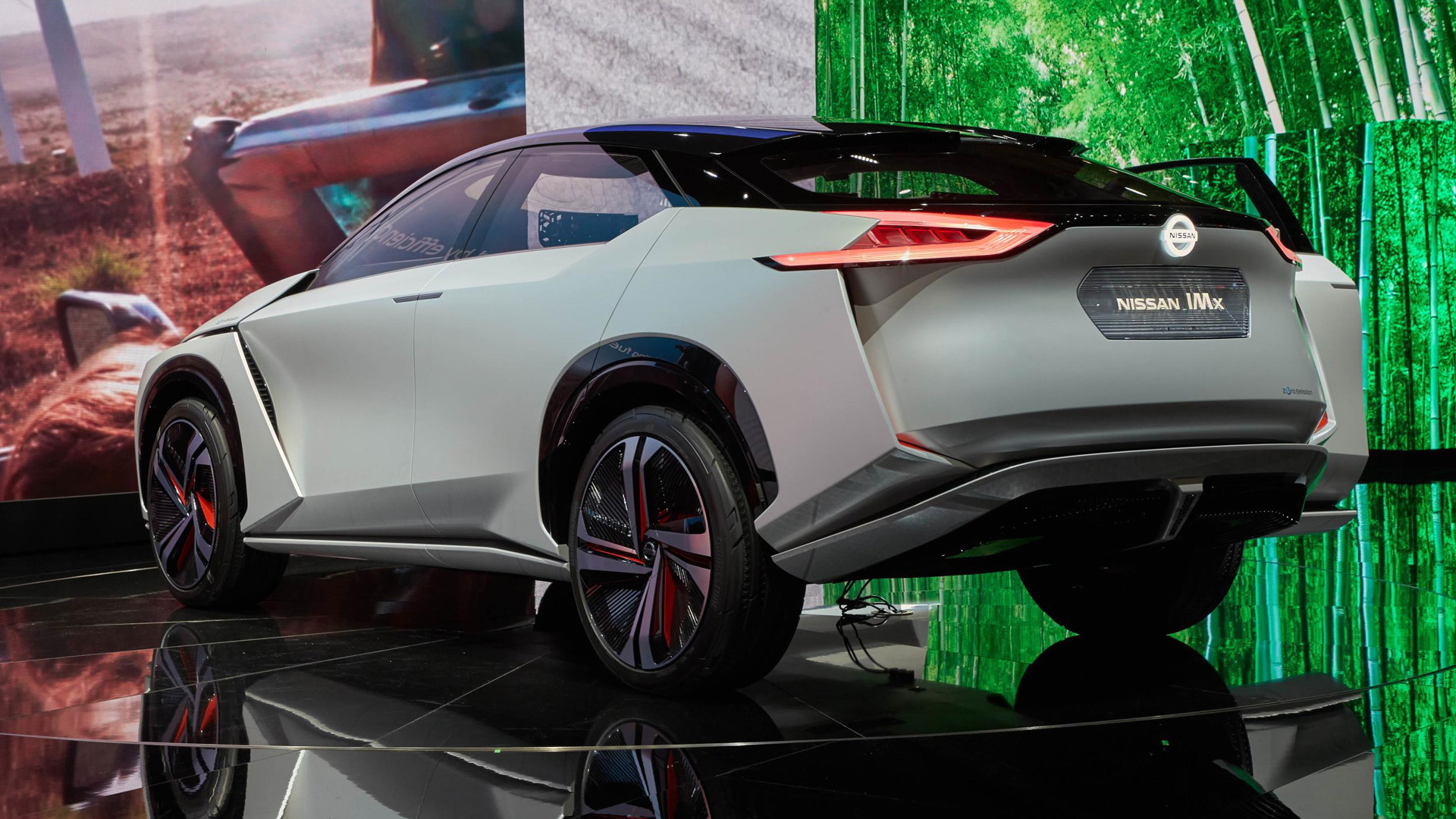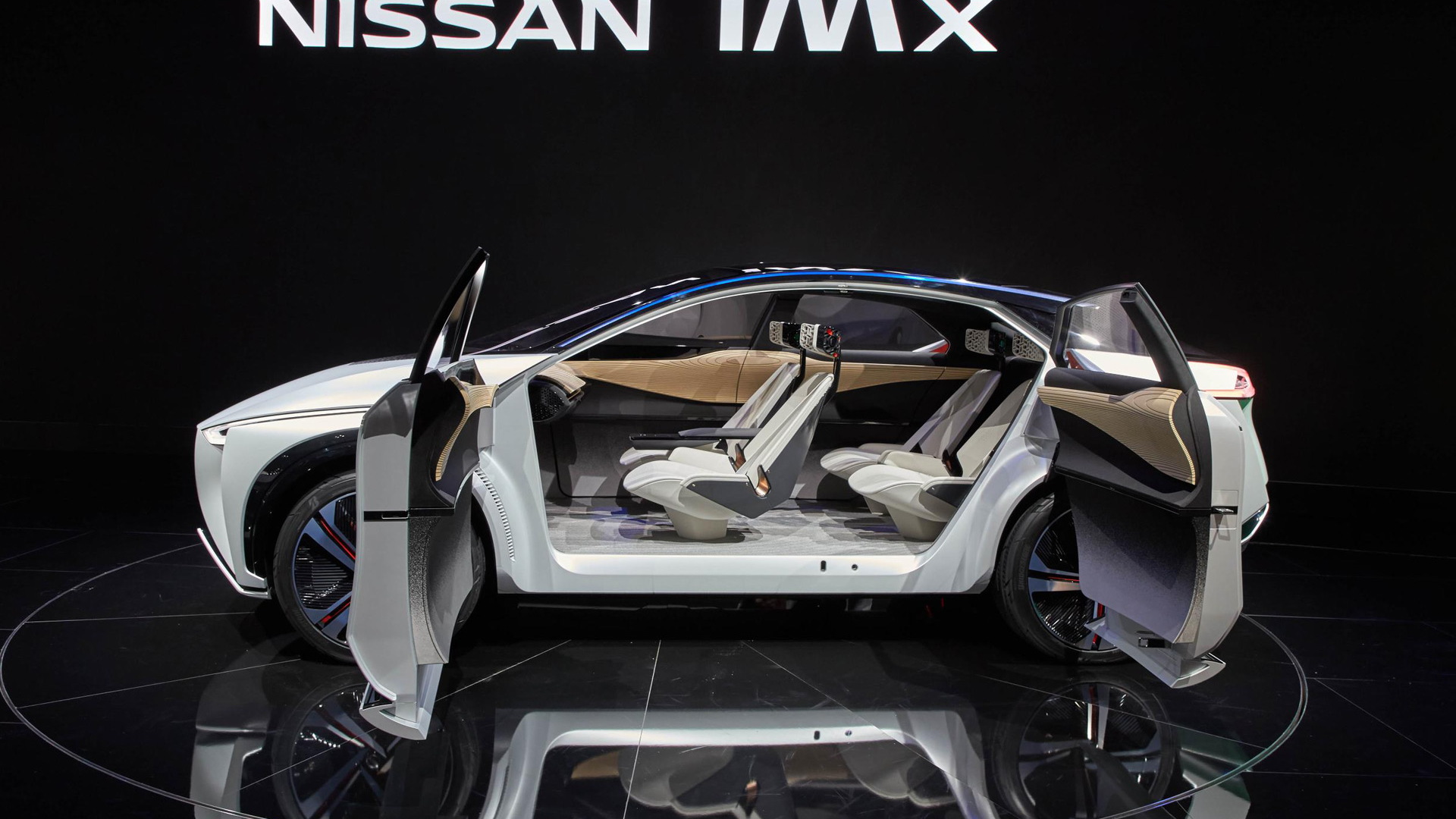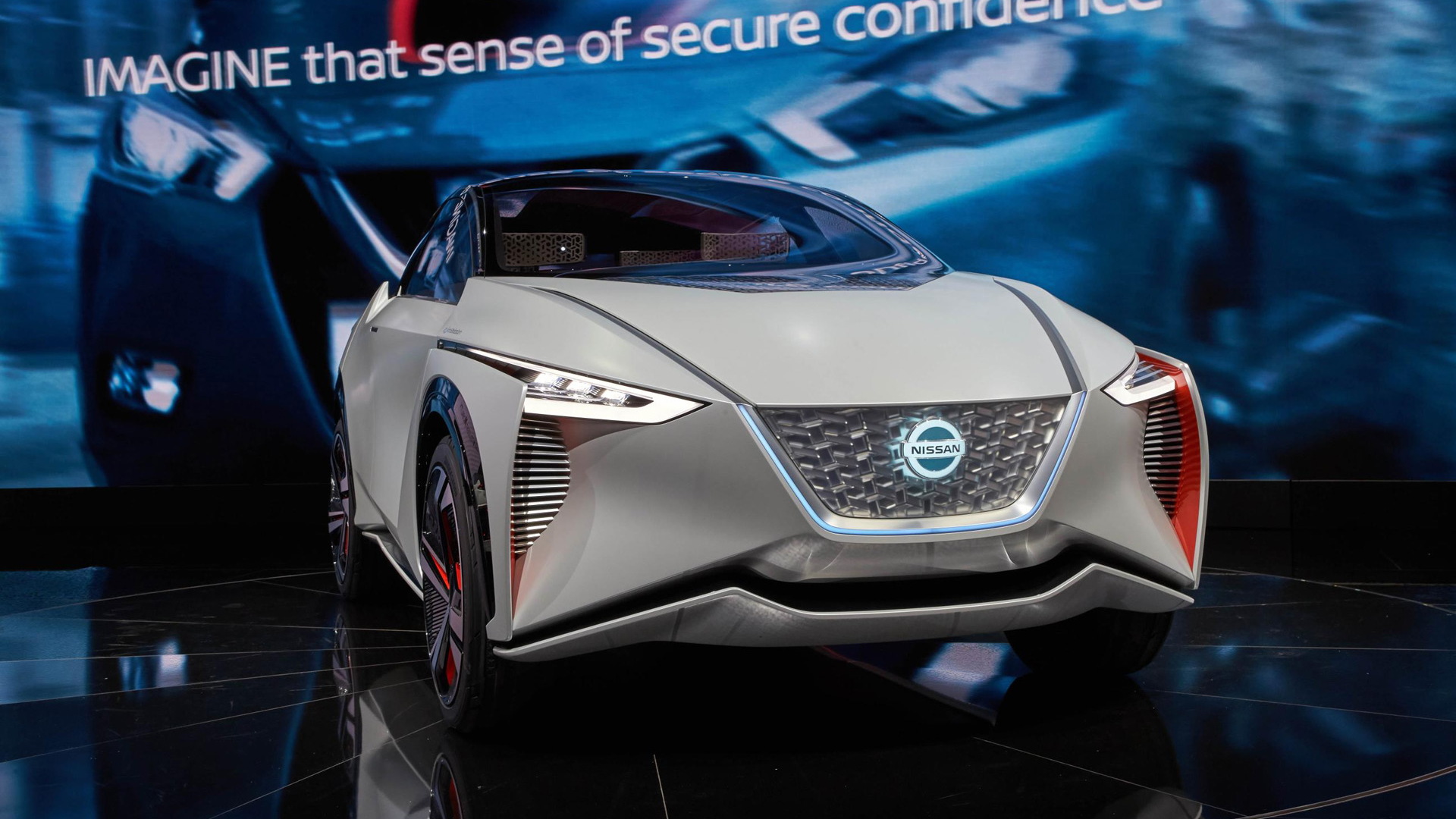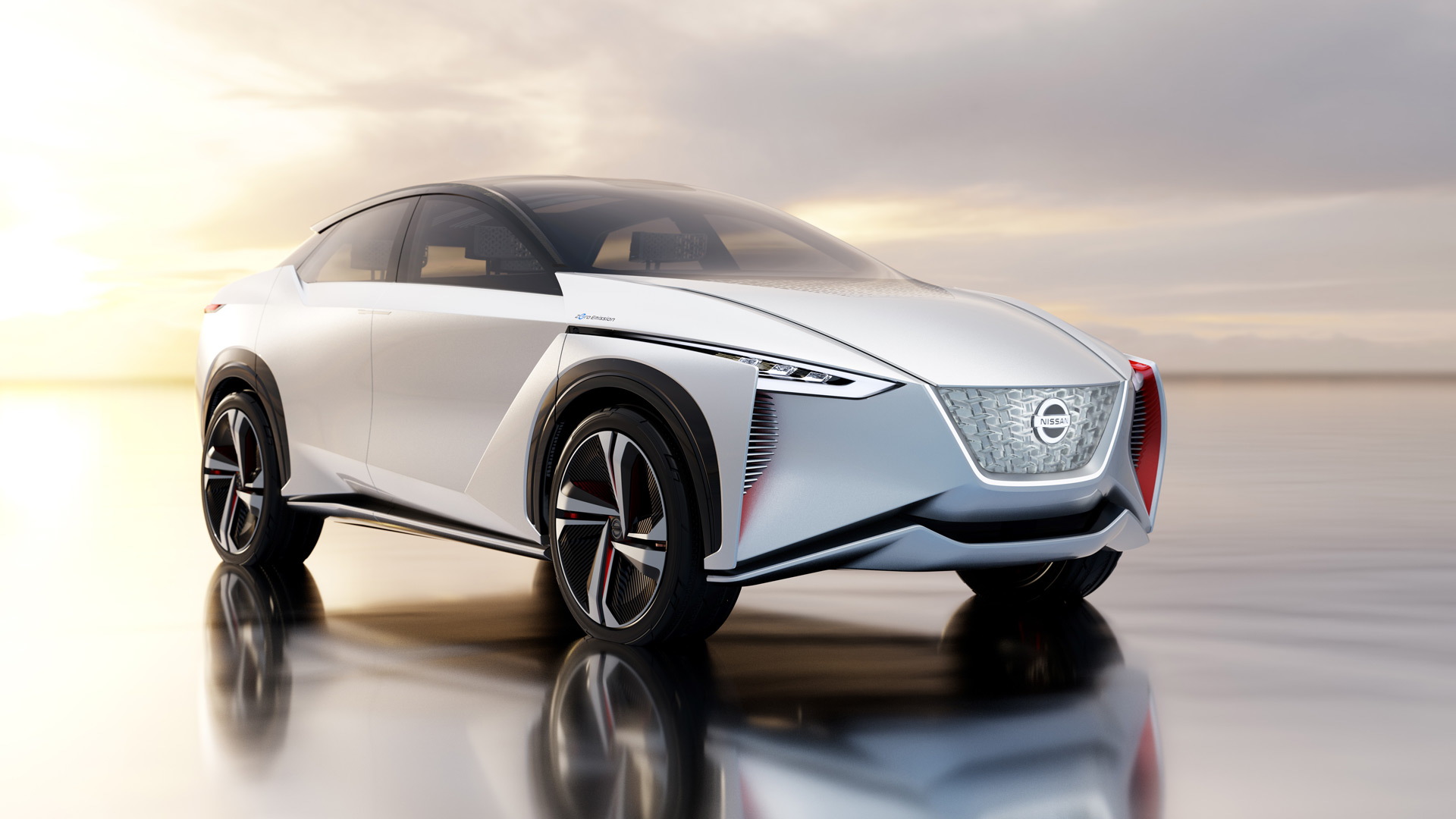Nissan is developing its next generation of cars around the three core tenets of connectivity, electrification and self-driving capability, which the automaker groups under the heading of Nissan Intelligent Mobility.
These attributes, Nissan says, help strengthen the link between the car and its owner, by turning the car from simply a mode of transport to something more of a close, reliable partner capable of delivering a safer, more convenient and more environmentally friendly way of getting from point A to B.
On Wednesday, Nissan unveiled a concept at the 2017 Tokyo Motor Show that embodies the complete Nissan Intelligent Mobility philosophy.
Called the IMx, the concept is in the form of an electric SUV built on the same platform as the recently revealed second-generation Leaf. Unlike the Leaf, the IMx has a substantial range of 373 miles on a single charge, made possible by a specially developed high-density battery stored in the vehicle floor.
An electric motor features at each axle creating an all-wheel-drive system. The combined peak output is 430 horsepower and 516 pound-feet of torque, which is enough to rival some V-8 engines from not long ago.
You won’t always be using that grunt when behind the wheel of the IMx. That’s because the concept car has a self-driving mode. When selected, the special mode stows the steering wheel inside the dashboard and reclines all seats, giving the driver more space and allowing the vehicle’s occupants to relax and enjoy their commute.
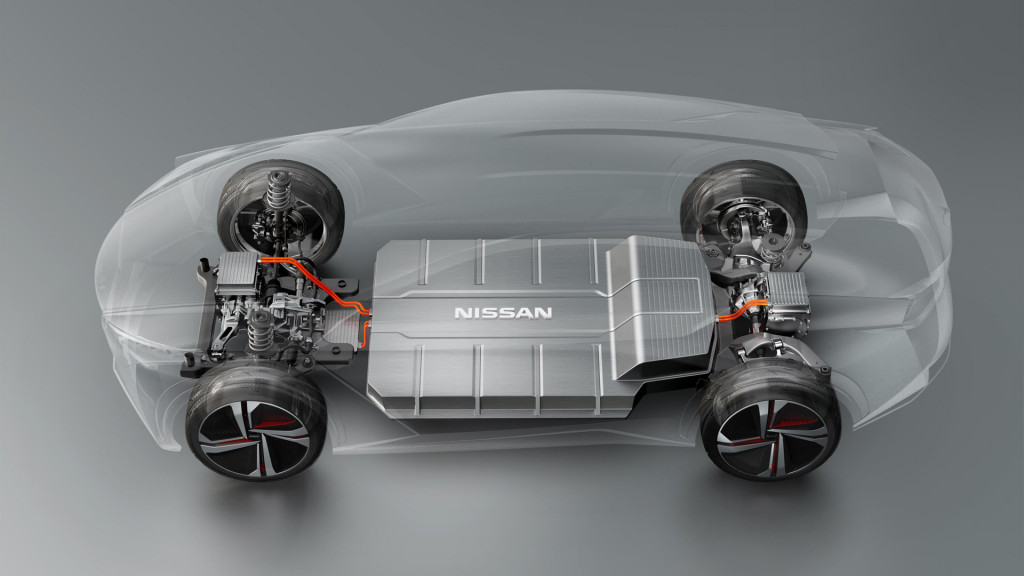
Nissan IMx concept, 2017 Tokyo Motor Show
Nissan calls its self-driving technology ProPilot. The first vehicle with a ProPilot system is the new Leaf, though the Leaf’s system is still very basic as it’s only designed to control the distance to the vehicle in front while in a single lane, using a speed preset by the driver (between about 18 mph and 62 mph). A fully self-driving ProPilot system is still years or possibly even decades away.
The last tenet in Nissan Intelligent Mobility, connectivity, is much more diverse than the first two. This is exemplified in the IMx which features several aspects of connectivity. For example, an advanced interface using artificial intelligence allows the owner to easily connect with the car and control many of its features by simply using eye movements and hand gestures.
The IMx can also connect with the surrounding infrastructure. For example, when not in use, the car can park itself in a spot where it can connect to the local power grid and either charge up or act as a “virtual” power plant by returning electricity to the grid. And once the vehicle is needed again, it will be able to pick up its owner and take him or her home.

Nissan IMx concept, 2017 Tokyo Motor Show
Nissan hasn’t said whether the IMx is bound for production. However, the automaker has been dropping hints at more models based on the new Leaf, with an SUV the most likely option for the first of these. A sports car has also been teased on more than one occasion.
Nissan also used the Tokyo Motor Show to unveil a Nismo-enhanced Leaf concept and announce a commitment to the Formula E Championship. Nissan will become the first Japanese automaker in the sport when it replaces its alliance partner Renault in the 2018/2019 season of the electric car racing series.
For more from the Tokyo Motor Show, head to our dedicated hub.
